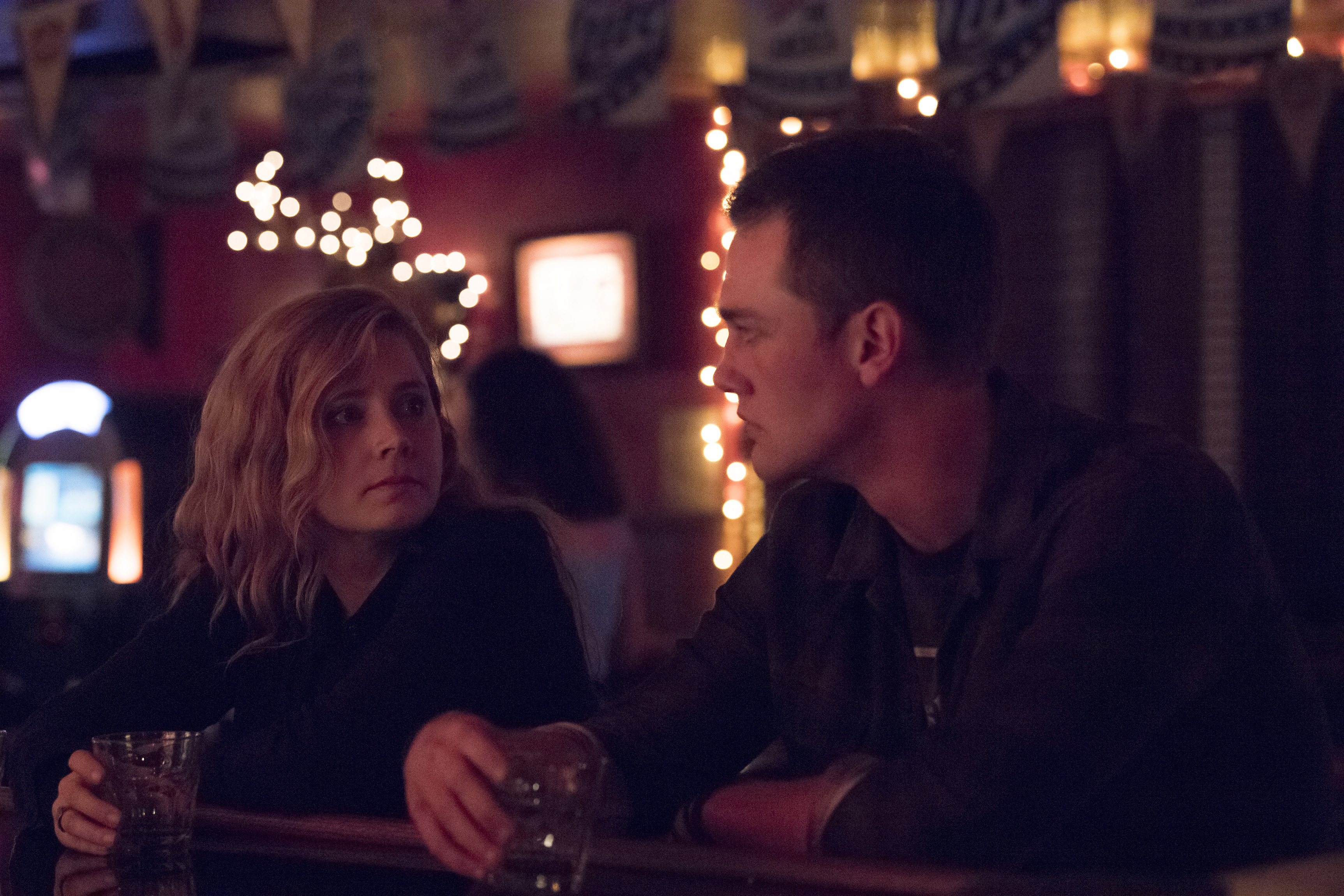To my considerable shame, it took the death of Robby Muller to make me realize just how many of my favorite films he shot. Oh, I knew individually of his accomplishments, but I never quite put them all together.
As I peruse his long resume, the sheer volume is astonishing. It’s like looking at the top 40 hits of Elton John. They seem to go on forever.
I had always thought of him as Wim Wenders house DP. For a long time that was true. Summer In the City, Alice In the Cities, Wrong Move, Kings of The Road, The American Friend, their masterpiece, Paris, Texas, and finally, Until the End of The World.
If that would have been all he had done it would have been more than enough to place Muller among the great cinematographers. Looking outside his work with Wenders and you remarkably find work equal to that which he did with the great German director.
In no way is this a complete list:
Saint Jack
Repo Man
To Live and Die In LA
Down by Law
Barfly
Mystery Train
Mad Dog and Glory
Dead Man
Breaking the Waves
Ghost Dog
Dancer in The Dark
24 Hour Party People
The “Twins” segment of Coffee and Cigarettes
It’s just staggering.
Looking at his CV, you can see he was drawn to iconoclasts. Wenders, Jarmusch, Bogdanovich, Von Trier, Winterbottom, Friedkin, Alex Cox, Barber Schroeder.
There is not a single piece of fluff on his record. Everything is art. Or at least he made it look that way.
He specialized in a sort of rough-hewn beauty. His landscapes and interiors were shot with a certain ruggedness. It made the subject inside of his frame more real, more human. His work drew you in. Until it almost felt like you were getting away with something. As if eavesdropping.
I can think of no better example of this than the scene in the peep show between lost lovers Harry Dean Stanton and Nastassja Kinski in Paris, Texas.
You could argue there is no beauty in the frame outside of Kinski and the words screenwriter Sam Shepard has written for them. The two-way window that separates them places Stanton on one side in a dark room where you have no trouble imagining the scent and sight of fluids that have been poorly cleaned.
On Kinski’s side, you have hideous 70s decor that looks like it came from a homely kitchen. The lamp aims for mood, but it only illuminates a space that could not possibly be more depressing.
And yet, it is somehow breathtaking to look at. Even as Kinski looks at the mirror which is framed by exposed insulation. It is all so raw and immediate.
As the scene plays out, and these two broken souls reconnect, the pain of their words and insinuations works its way into the very fabric of their environment. As awful as it is, there is no other place on earth this conversation could have taken place.
Muller makes the wonderful choice of shooting Stanton in shadow and often from the back. Whereas Kinski is well-lit and head-on. The genius of this choice allows us to feel how exposed Kinski is. Not only in this moment with Stanton, but in her occupation as a whole. Were it not for the sensitivity of the elements (acting, screenplay, and photography), it would be creepy, if not downright disgusting.
But through Muller’s lens. Through this stark, unvarnished vision, where even the scar under Kinski’s left eye is given no cover, the moment becomes transcendent. All the trappings of an unsavory place slide away, leaving you with nothing but a focus on two open hearts in desperate need of healing.
It chokes me up just thinking about it.
Astonishingly, Muller was never once nominated for an Oscar. Not that it’s all that important. The work is what matters. His will stand the test of the ages. Robby Muller’s career does not need the footnote of an Academy Award nomination.
He will live on in his images. His vistas and his interiors. In that lonely imperfection below Nastassja Kinski’s left eye.
He needs nothing else.





![2025 Oscars: Can a Late-Breaker Still Win Best Picture? [POLL]](https://www.awardsdaily.com/wp-content/uploads/2024/10/gladiator-350x250.jpg)
